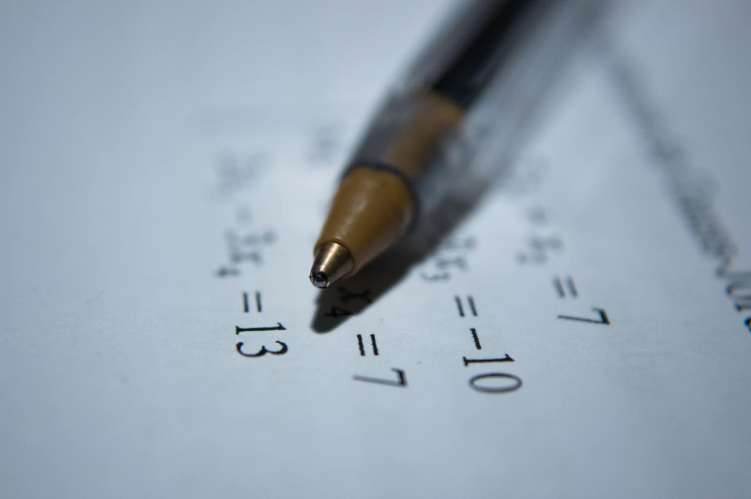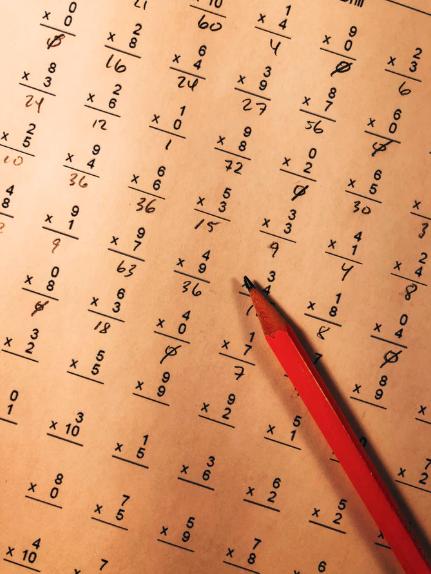
A lot of people grew up resenting math for a good portion of their childhood. While you can’t force people to love math, its uses are simply too good to pass on. The secret key to math is taking it step by step, no matter how long it takes. For those who are deeply uninterested, learning a few tips and tricks to help you out in difficult situations will never hurt.
We’ve gathered some of the easiest math tricks you can learn without spending too much time breaking down complicated concepts.
Breaking down percentages
Percentages are used every day in various calculations, whether it’s a loan, investment, or many others. Even if you have a calculator, calculating the true number of a percentage needs a little background. If you want to keep it quick, you can use the percentage calculator from CalculatorBee.com to find out any percentage or discount, no matter how complex it is. Online tools can handle the most complicated calculations in seconds. The easiest manual way is to divide the percentage and the total number, and then multiply them. If you’re trying to calculate 20% of 350, you’ll get 2 and 35 after the division. Multiply them to get 70, which is the number you’re looking for.
Multiples of 9
Many people start getting anxious when they are trying to find the multiple of 9 for any reason. Since it’s always hard to come up on the spot for most multiples of 9, it can be broken down into two easy and quick steps. You’re going to use the multiples of 10 as the first step to aid you in your calculation. If you’re trying to find out the result of multiplying 9 by 15, for example, multiply 10 by 15 first. Then subtract 15 from the number you get, which is 150, netting you with 135, the final result.
Celsius to Fahrenheit
Converting from Celsius to Fahrenheit is not only useful to complete a school assignment, but it can also be quite helpful when you’re traveling, without the need or ability to search online for converters. To convert Celsius numbers to Fahrenheit, multiply it by 2, and then add 30. Yes, it’s that simple. It may not be the most accurate since the real value is calculated by multiplying the Celsius temperature by 1.8 instead of 2 and then adding 32. But this is accurate enough if you only need to get an idea of how the weather is currently.
Remembering Pi
Pi is one of math’s greatest discoveries. It is used in countless applications, practical and theoretical. Remembering Pi can seem a bit hard as the decimals are literally infinite. Fortunately, you don’t need to remember more than 9 of the decimal places to get a pretty accurate number. The secret is to memorize the phrase “May I have a large container of coffee?†Each word contains the number of letters that correspond to the decimal equivalent; 3.1415926.
Big Multiplications
If your calculator or phone isn’t close by, you can use a pretty neat trick to calculate complex multiplications. Look for a number that can be easily divided by 2, and once you find the number keep dividing it by 2 and multiply the other number by 2. The simpler the numbers get, the easier it will be to calculate it. For example, 32 times 125 can be broken down to the following: 16 X 250, then 8 X 500, and finally 4 X 1000, resulting in 4000.
Multiplying by 4
Similar to multiplying by 11, multiplying by 4 can use two different calculations to reduce the original one to a simple equation. First, multiply the original number by 2, then proceed to multiply the product of the previous calculation by 2 again. For example, let’s take 22 for the sake of our argument. 22 multiplied by 2 is 44, multiplied by 2 again, it’s 88.

Calculating Tips
Leaving a tip can get too complicated for many people. Those who look forward to achieving the perfect tip ratio can spend some time calculating it. First, you can easily make it a straightforward process by defining the rate of tip you want to leave. If it’s 10%, divide the total bill by 10 and leave the result as the tip. Feeling generous? You can divide it by ten and then add half of the result to end up with a 15% tip.
You don’t have to be the next Newton to be able to split a bill or calculate the interest rates of a loan. Math can seem very complicated if you suddenly dive headfirst into pools of complicated equations and theories without the necessary knowledge to help you understand it.
